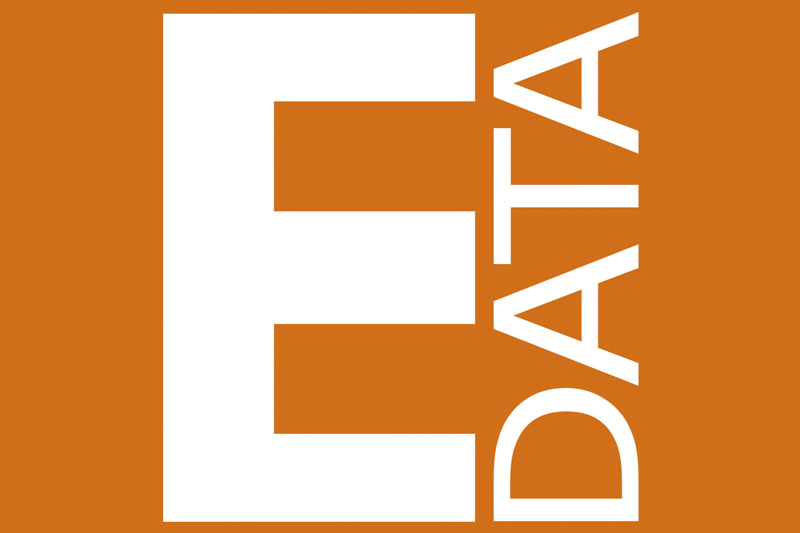George Brickwood, UK&I eCommerce Director at Schneider Electric explains the role of eCommerce in the Electrical Distribution industry.
Over the last few years, there has been a significant increase in the buying and selling of products and services online. In fact, recent research suggests that between 2019 and 2024, the UK eCommerce market is forecasted to grow from 22% of total retail sales to 32%.
As we come to grips with the role that digital technology is having on our day-to-day lives, it is becoming obvious the extent to which the global consumer marketplace is influencing businesses – showcasing the true power of eCommerce. To maintain relevance in a competitive market, it is vital that distributors understand and match the evolving needs of businesses and ultimately become digitally savvy.
Setting the scene: eCommerce in Electrical Distribution
The electricial distribution industry must remain open to adopting eCommerce to stay on track for sustianble growth. The key challenge is overcoming the level of investment required to develop an online presence and compete effectively. Another issue with the shift online is culture – for small traders in particular, word of mouth, personal contact and long-term relationships have been fundamental to success for generations. Shifting operations online can seem daunting and risky. However, threatened by an explosion in online competitors and in the wake of the COVID-19 pandemic, eCommerce is now critical to sustainable growth in electrical distribution.
The current generation of B2B buyers are looking for ease and speed. Yet, while 72% of B2B buyers prefer self-service process that allows an order to be placed without the need for a sales rep, it is believed that around half of electrical distributors have no online presence. During the pandemic, research suggests 43% of B2B buyers actually switched suppliers because their existing supplier did not have an eCommerce solution.
Put simply, to grow the customer base and keep existing customers loyal, dististributors need to consider the changing dynamic of their customer base.
The role of technology in eCommerce
To make the transition to online services, electrical distributors need to make digital decisions that enable a streamlined online buying experience that attracts new buyers, and services existing customers. COVID-19 has further highlighted the need for eCommerce strategies to be robust, scalable and futureproof.
Any eCommerce model should start with a platform that matches business needs. Mobile capability is critical as it is fast becoming the preferred purchase method for many B2B buyers. From a technical perspective, a mobile-first approach can provide greater flexibility as it is easier to scale and will render more easily across devices.
With any online service dealing with customer data, security must be second to none; the repercussions from flaws or failures can be damaging both financially and reputationally. The strongest platforms provide an end-to-end secure connection across all data and transactions. What’s more, sales conversion is heavily influenced by a customer’s perception of website safety and data privacy. Remember, customer trust is as essential to the switch to an online distribution strategy as compliance and safeguarding.
2020 demonstrated the importance of flexibility and resilience. Cloud hosting has since pivoted from being useful to being indispensable. Cloud hosting helps to manage changing market demands by upscaling or downscaling services in line with traffic changes or seasonal peaks. Cloud services can also reduce costs as there is no upfront investment in infrastructure and prices fluctuate according to requirement and capacity. What’s more, cloud-based architecture can improve accessibility and reduce the chance of data loss or security threats.
Integration in eCommerce delivers a streamlined experience and optimises data intelligence. Third-party integration connects front-end and back-end tools and systems, so that components can seamlessly interact with each other. By connecting separate platforms, insight can be derived from customer behaviour and actions, such as buying patterns and the results of marketing activity. When developing an eCommerce strategy, third-party integrations can offer new tools to expand customer experience and platform capabilities, to deliver a personalised journey.
Finally, successful eCommerce in the electrical distribution industry requires analytic technology. Analytics help to understand what a customer wants from a buying experience by tracking their journey across the platform. For the electrical distributors, optimisation of customer experience is crucial for improving the shift from offline to online sales. With so many market competitors, the personalisation that analytics enables can elevate the experience to maintain customers and convert opportunities into sales.
The right technology makes all the difference when developing a successful eCommerce strategy. However, eCommerce requirements in the electrical distribution industry are multifaceted. Not only does it require the right individuals to develop digital sales channels and in turn provide customer support, but the right processes also have to be in place to ensure changes are managed successfully.





